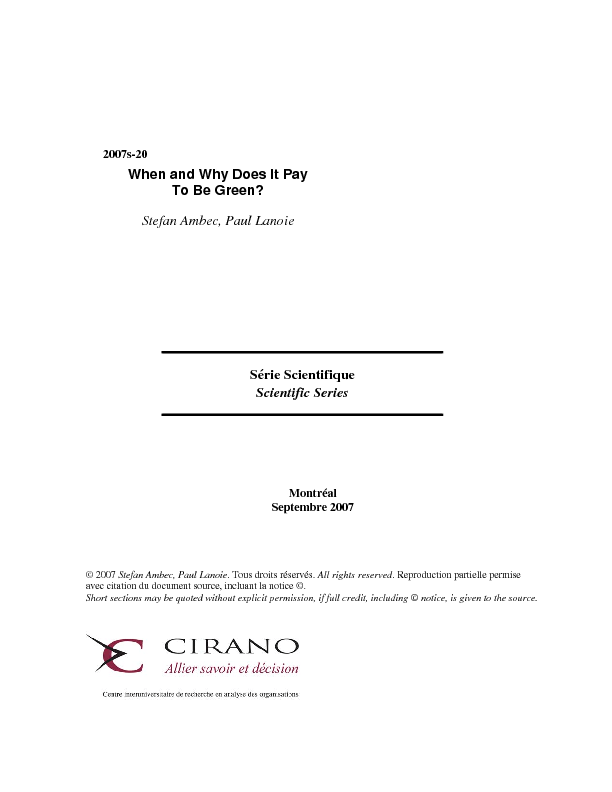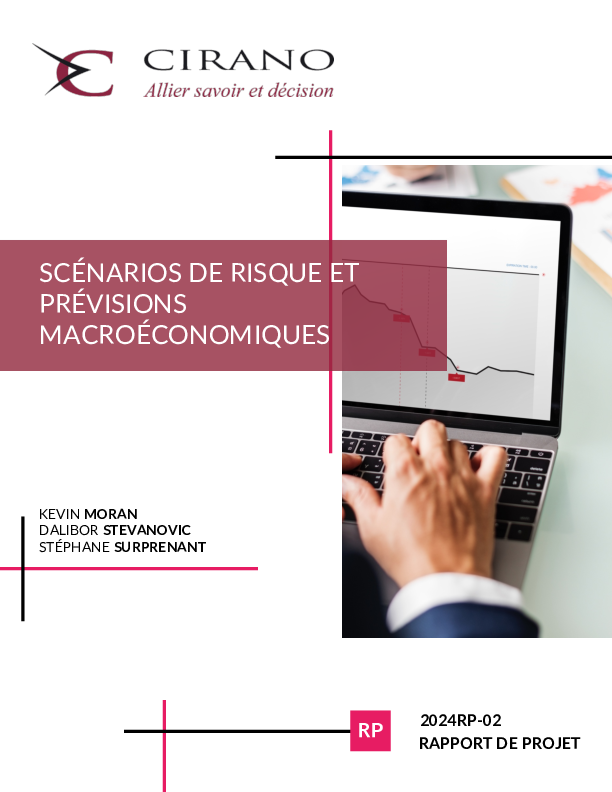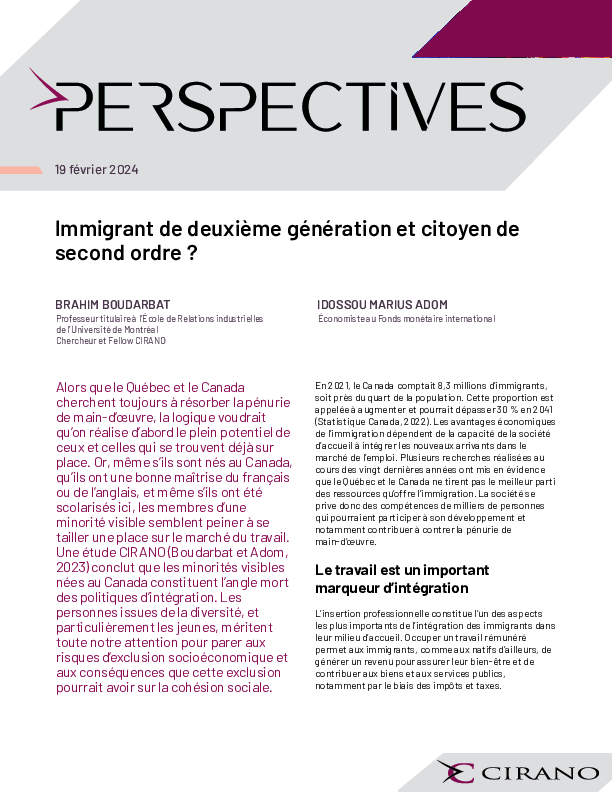When and Why Does It Pay To Be Green?
First, a better environmental performance can lead to an increase in revenues through the following channels: i) a better access to certain markets; ii) the possibility to differentiate products and iii) the possibility to sell pollution-control technology. Second, a better environmental performance can lead to cost reductions in the following categories: iv) regulatory cost; v) cost of material, energy and services (this refers mainly to the Porter hypothesis); vi) cost of capital, and vii) cost of labour.
Although these different possibilities have been identified from a conceptual or theoretical point of view for some time (Reinhardt, 2000; Lankoski, 2000, 2006), to our knowledge, there was no systematic effort to provide empirical evidences supporting the existence of these opportunities and assessing their magnitude. This is the objective of this paper. For each of the seven possibilities identified above [i) through vii)], we present the mechanisms involved, a systematic view of the empirical evidence available, and a discussion of the gaps in the empirical literature. The objective of the paper is not to show that a reduction of pollution is always accompanied by a better financial performance, it is rather to argue that the expenses incurred to reduce pollution can sometime be partly or completely compensated by gains made elsewhere. Through a systematic examination of all the possibilities, we also want to identify the circumstances most likely to lead to a win-win situation, i.e., better environmental and financial performance.




